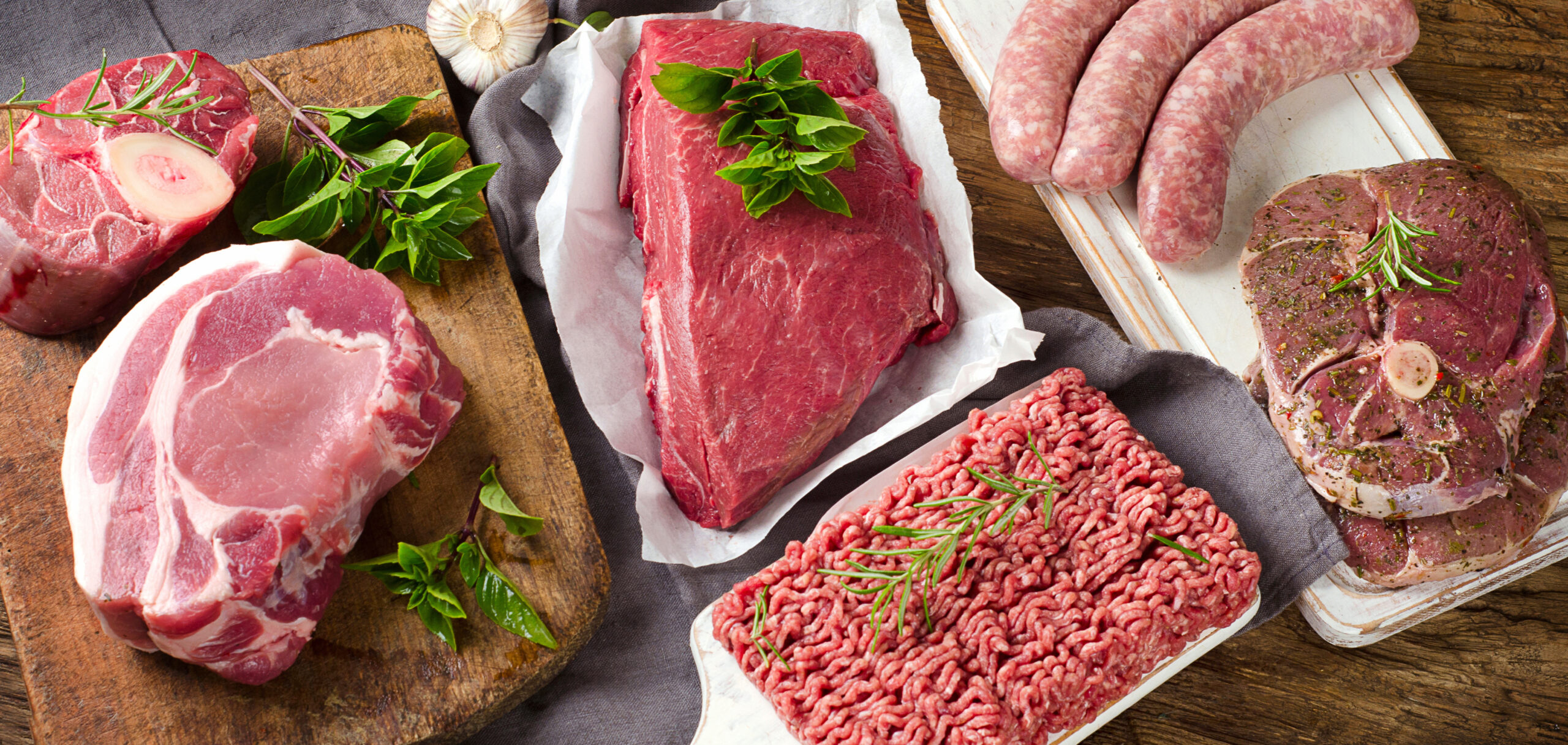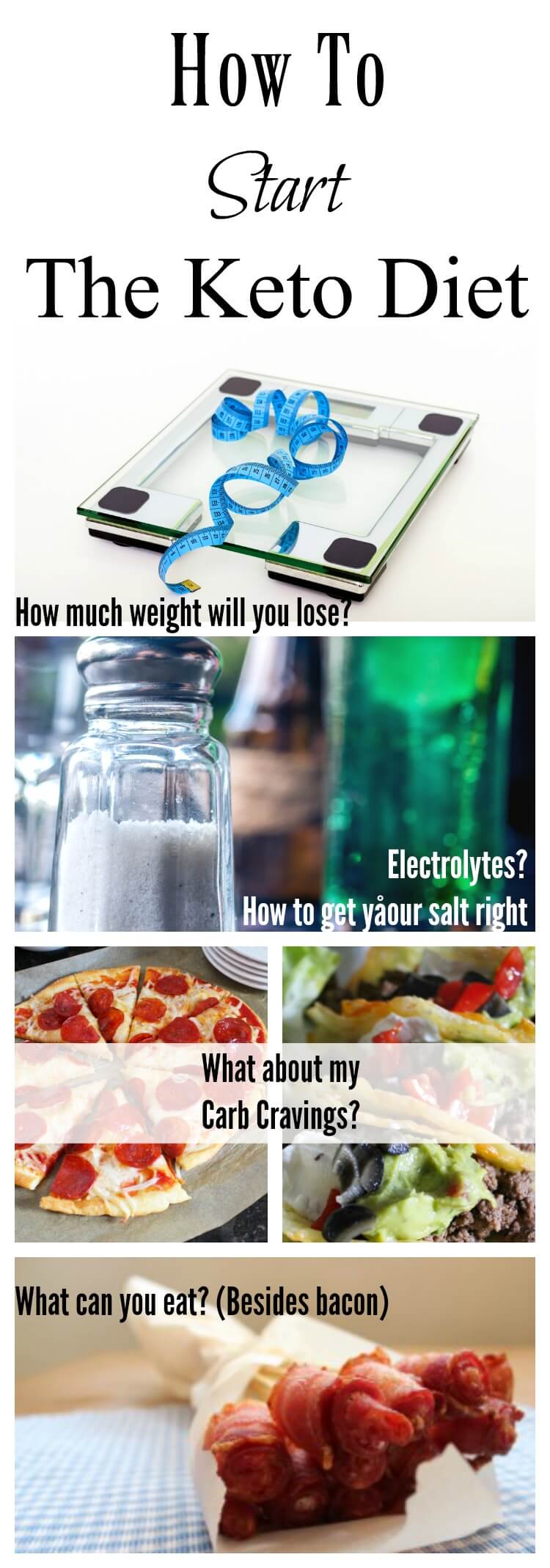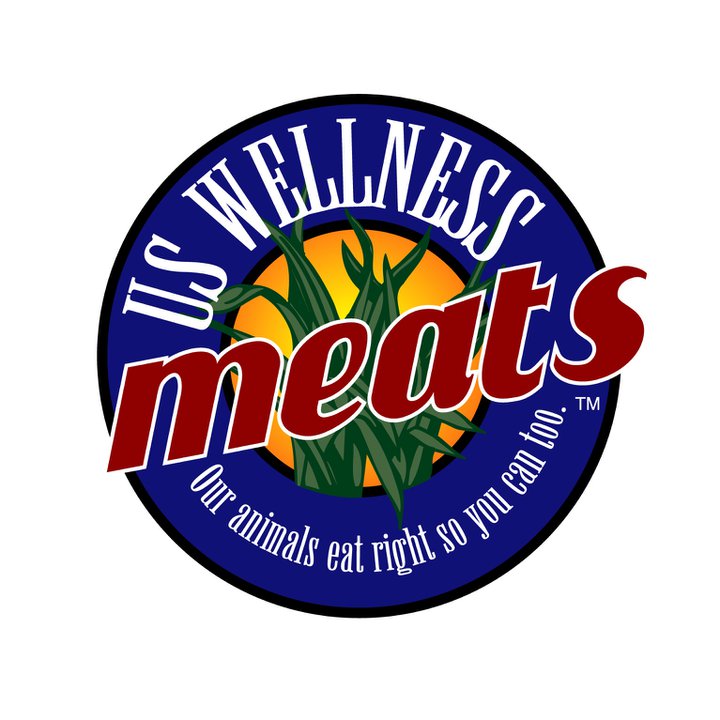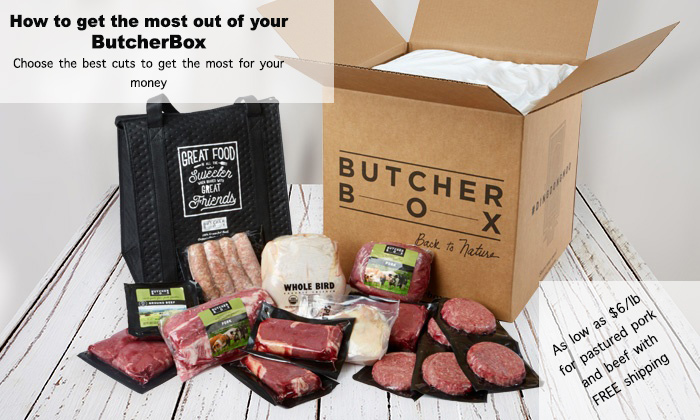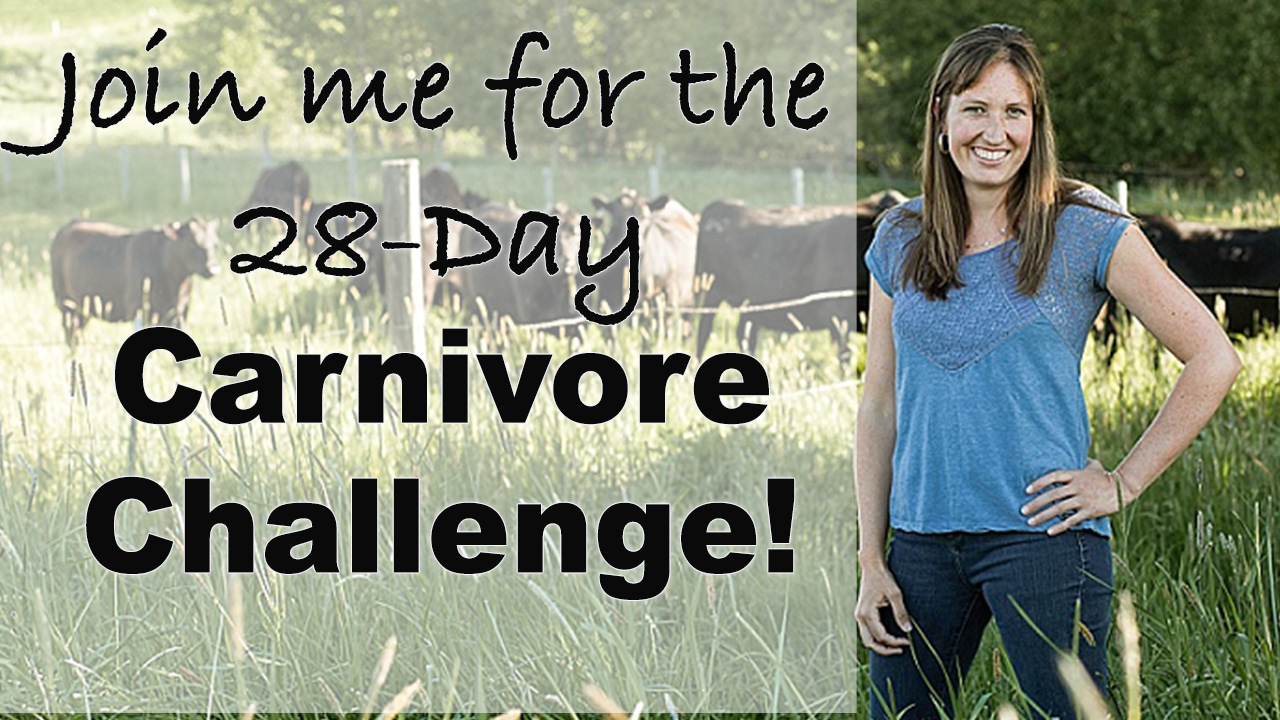On the carnivore diet, many start out by purchasing a pile of ribeyes from Costco or another grocery store, and seasoning with salt. There is nothing wrong with this method of purchasing groceries for the carnivore diet, but there also is a lot more variety available out there!
In addition to muscle meat, liver and seafood of some form is recommended weekly, or at least monthly due to the high nutrient density.
Liver is made into delicious liver pate that can be spread on steak or eaten with pork rinds for a ‘chip and dip’ meat treat.

Scallops, salmon, muscles, crab, and other seafood provide a taste and texture change, and are a good source of iodine and other nutrients.
Your specific budget and nutrient needs will dictate the quality of meat, eggs, and dairy that you get.
Where to find carnivore groceries delivered to your door:
Find pastured pork, chicken, beef, scallops, and salmon at ButcherBox.
Find organ meats, pastured pork, chicken, beef, and seafood, and different meats like chicken backs and marrow bones for making stock, and pork lard, beef and lamb tallow, liverwurst, etc at US Wellness Meats.
Find wild-caught seafood including shellfish and salmon roe (eggs) at Vital Choice Seafoods.
Want examples of Carnivore Diet grocery lists?
See the grocery lists at the start of each week of the 30-Day Carnivore Meal Plan for an idea of what you will be eating for the week.

Quality Considerations as you shop on the carnivore diet
For those with the ability to, all grass fed/pastured meats and wild-caught seafood is recommended. Dairy ideally comes from cows feasting on grass, with minimal-to-no grain supplement.
For those who can’t do all grass fed/wild caught, I recommend prioritizing seafood as wild-caught, and then as much grass fed beef and pork and fat as you can afford.
Beef and pork are more calorie-dense than lighter meat, so you’ll get more calories for your dollar if you prioritize here.
Click here to see how to get the most pastured meat for your dollar at ButcherBox.

An elk is completely pastured and feeds a family for a long time! Ethical hunting is a benefit to human nutrition. This elk provided about half our meat in 2019.
In my family we eat a lot of wild game (elk, venison) since we’re hunters. I also get a delivery monthly of really good beef and pork from ButcherBox. Then I fill in as we run out with ‘grocery store’ meat – beef, chicken, and some pork.
Organ meat I get from a fantastic local butcher, but if you don’t have a butcher that carries it, US Wellness Meats is a great source.
Liver and other offal such as marrow bones, heart, and tongue can often be found inexpensively even from grassfed organic animals.
Epic and a few other brands have grassfed tallow on Amazon, which again, are very inexpensive calorie-wise!
How to cook heart in the Instant Pot
See how to easily make ghee from butter in the oven here.
If the budget is tight, do not be put off if you have to buy all your meat from the grocery store and skip the organic! Meat, eggs, and dairy without additives are still incredibly nutrient-dense foods.
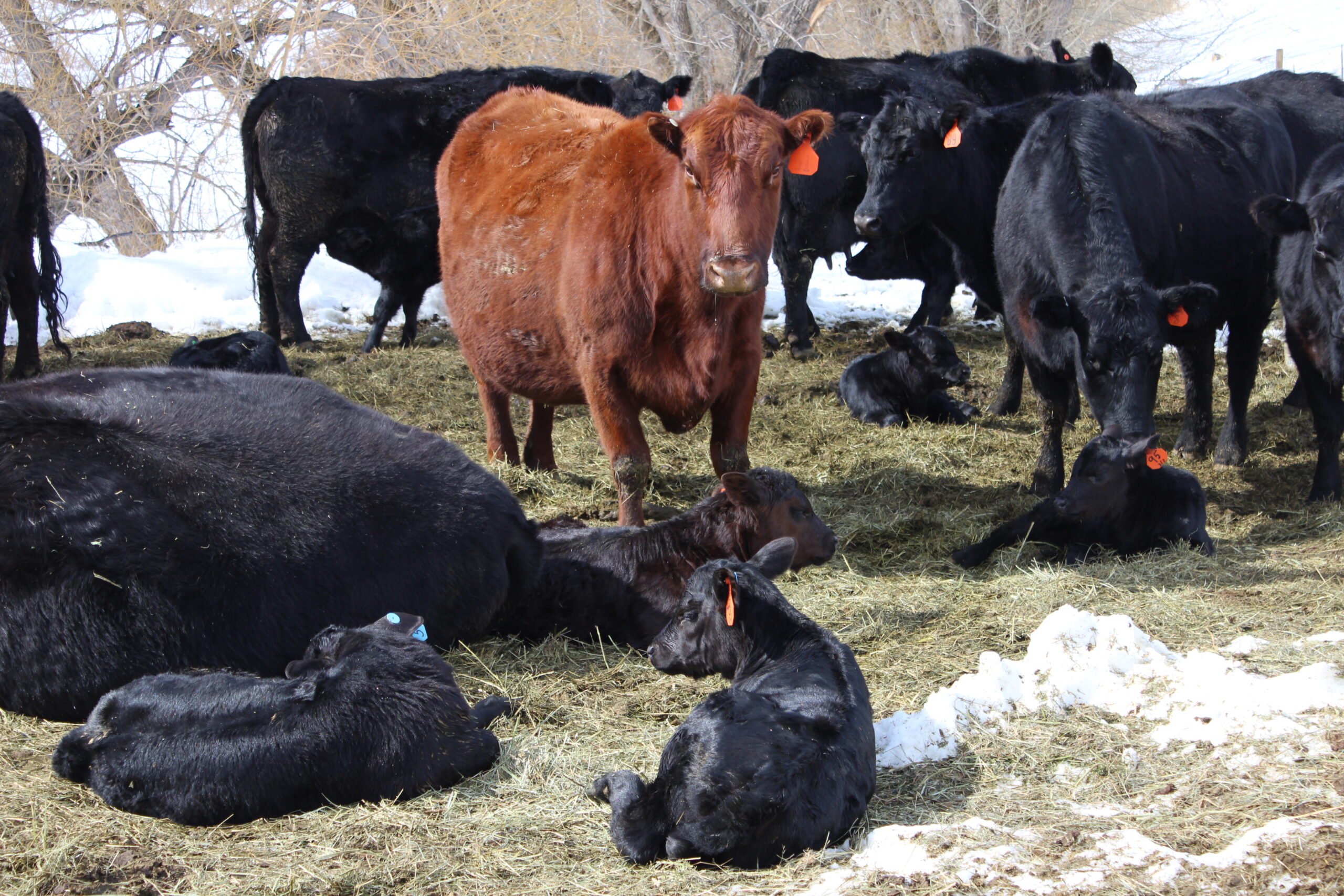
Beef cows are protected and cared for as they give birth during winter in Montana.
Conventional meats, ethics, animal nutrition
There are some ranches that are awful, and you may have seen some of these highlighted in documentaries. But in general, and living in Montana I know more than my fair share of them, farmers and ranchers really take care of their animals well.
Nearly all beef cattle are pastured for the vast majority of their diet because they are raised where there is a lot of pasture, and it keeps the cattle healthy and it’s free! The difference between conventional beef (what is in most grocery stores) and grassfed/organic is that the conventional beef is supplemented with grain and soy to bring the weight up faster.* This is a supplement, not their only food. Ranchers know that stressed cattle make poor meat, and they take great care of their cattle, whether they are finishing them on grass or supplementing with grain and soy.
Every calving season (which often occurs when it’s still snowy) ranchers drop everything they are doing to help the cows. My sister-in-law is a ‘ranch wife’ in Nebraska, and every calving season I get pictures by text of calves that she’s been instructed to ‘keep alive’ that are wrapped in old towels and blankets, being bottle fed, and taking up residence in her laundry room until snows or floods pass, or they become strong enough to make it on their own.
Ranchers that supplement with grain get a bad reputation among the health-conscious crowd, and I’d like to reiterate that the vast majority of ranchers absolutely bend over backwards to help these cows have a good quality of life.
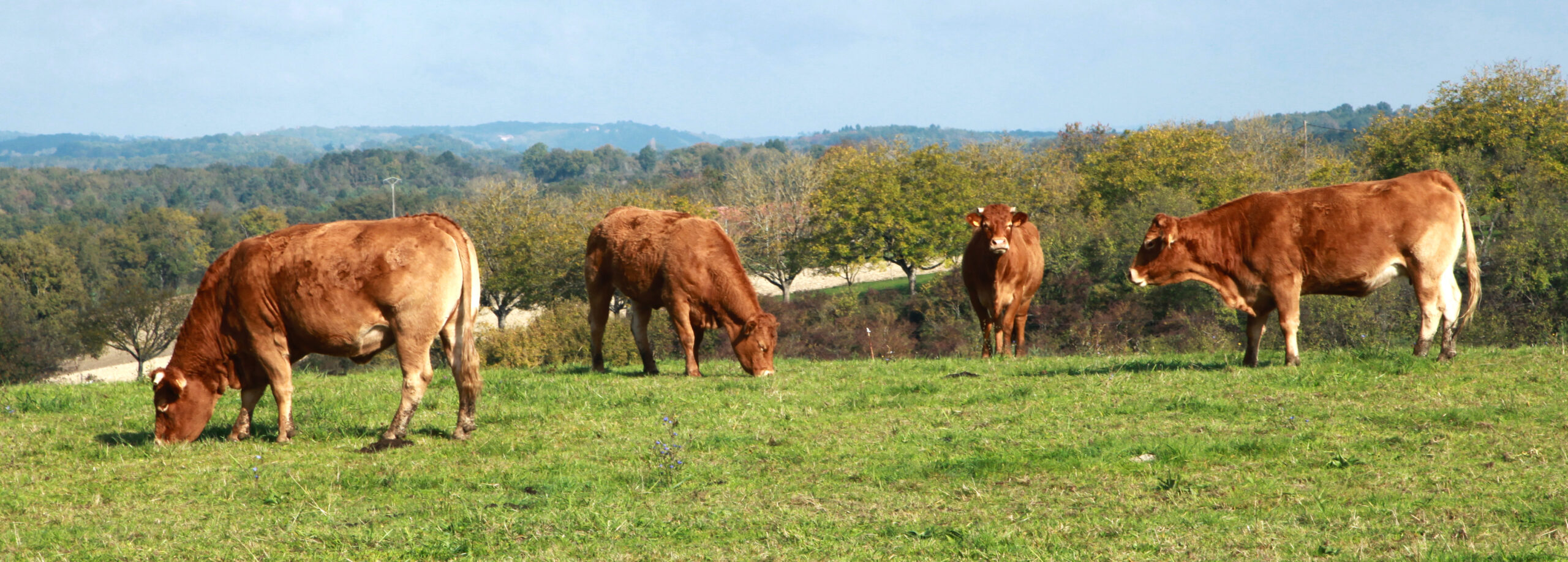
Why does pastured (grass fed) meat cost so much more?
When cows are completely grass fed/grass finished, it takes them double the amount of time to get up to their slaughter weight. This extra time means extra work and care for the ranchers, which is why grass fed/finished beef costs more than grain-fed.
Also, the corn/soy fed to conventional cattle to fatten them up are produced with lots of government subsidies, so the grain fed to cattle is artificially low in cost, which creates a somewhat misleading price in the grocery store.
More in this series:
- What Can You Eat on the Carnivore Diet?
- Why does the Carnivore Diet Work?
- My Naturally Carnivore Toddler (a Child-Led Weaning Story)

